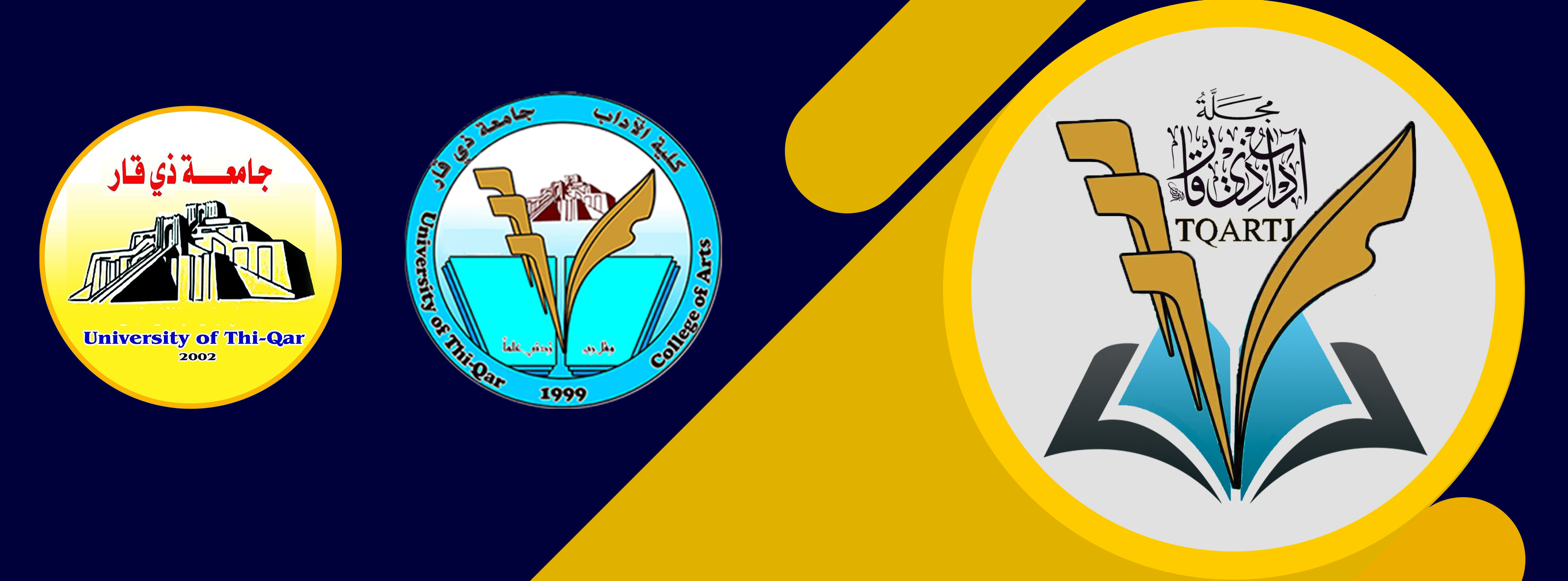Sexual Violence and Gender-Based Violence against Women and Girls in Iraq: Roots and Structural Causes
DOI:
https://doi.org/10.32792/tqartj.v1i42.451Abstract
The plight of women and girls in Iraq predates the U.S-led invasion in 2003. Sexual and gender-based violence (SGBV) is strongly linked to the widespread use of violence within the country, be it in the state’s relationship with society or in relationships within society itself. Lawlessness and recurring armed conflicts have undermined the mechanisms in place for protecting women, which were already inadequate and unable to protect them in peacetime, amid a widespread ‘victim-blaming’ mentality. Conflicts in Iraq not only fostered an enabling environment for violence, but also saw various parties use SGBV against women and girls as a means for imposing political agendas and a justification for the destruction of their adversaries. Discrimination, a lack of gender equality and equity, and the stereotyping of gender roles in relation to family, society, and the law, are among the main factors that fuel the existence and persistence of sexual violence, both in peacetime and in war.
Some forms of SGBV against women and girls that had, in general, been previously tolerated in Iraqi society have been criminalized in recent years. The heinous crimes committed by ISIS against women and girls in the vast areas under the group’s occupation raised international attention and were widely denounced. This led to increased documentation of sexual violence against women and girls, as evidenced by the monitoring of sexual violence crimes and violations in the reports of local organisations and local media outlets and news agencies. Nevertheless, efforts by Iraqi government institutions to document and categorise SGBV are wanting.
Victims face stigma, blame, and discrimination by their families, society, and those working in referral system institutions, which further undermines access to justice, reparations, and protection. One of the main reason for the persistence of SGBV is the reluctance of victims and survivors to come forward and report these types of violations
Downloads
References
- United Nations Office of the High Commissioner for Human Rights (2010) Report of the Mapping Exercise documenting the most serious violations of human rights and international humanitarian law committed within the territory of the Democratic Republic of the Congo between March 1993 and June 2003, available at: https://www.ohchr.org/EN/Countries/AfricaRegion/Pages/RDCProjetMapping.aspx (last accessed 11 November 2019).
- United Nations (1996) Report of the Fourth World Conference on Women, Beijing, 4-15 September 1995, UN Doc. A/CONF.177/20/Rev.1., para. 113, available at: https://undocs.org/pdf?symbol=en/A/CONF.177/20/REV.1 (last accessed 12 November 2019). Hereafter: Beijing Conference Report (1995).
- K Krug, E.G. et al. (eds) (2002) World Report On Violence And Health, Geneva: World Health Organization, p. 149, available at: https://www.who.int/violence_injury_prevention/violence/world_report/en/ (last accessed 11 November 2019). Hereafter: Krug et al. (2002).
- United Nations (2017) Report of the Secretary-General on conflict-related sexual violence, UN Doc. S/2017/249, 15 April 2017, para. 2, available at: https://www.un.org/sexualviolenceinconflict/wp-content/uploads/report/s-2017-249/SG-Annual-Report-spread-2016.pdf (last accessed 11 November 2019).
- Security Council (2017a). International Criminal Tribunal for Rwanda, Prosecutor v. Jean-Paul Akayesu, Case No. ICTR-96-4, Judgment (Trial Chamber), 2 September 1998, para. 688. Hereafter: ICTR, Akayesu.
- Gaggioli, G. (2014) Sexual violence in armed conflicts : A violation of international humanitarian law and human rights law, International Review of the Red Cross, 96 (894): 503-538, at 506, available at: https://www.icrc.org/international-review/article/sexual-violence-armed-conflicts-violation-international-humanitarian (last accessed 12 November 2019).
- ICTR, Akayesu, supra note 12, para. 688.
- International Criminal Court (2011) Elements of Crimes, available at: https://www.icc-cpi.int/resource-library/Documents/ElementsOfCrimesEng.pdf (last accessed 11 November 2019). See e.g. Art. 8(2)(b)(xxii)-1.
- Beijing Conference Report (1995), supra note 5, para. 114.
- Krug et al. (2002), supra note 7, pp. 149-150.
Published
How to Cite
Issue
Section
License
Copyright (c) 2023 Dr. Ilham Maki Hamadi

This work is licensed under a Creative Commons Attribution 4.0 International License.
The journal applies the license of CC BY (a Creative Commons Attribution International license). This license allows authors to keep ownership of the copyright of their papers. But this license permits any user to download, print out, extract, reuse, archive, and distribute the article, so long as appropriate credit is given to the authors and the source of the work. The license ensures that the article will be available as widely as possible and that the article can be included in any scientific archive.












